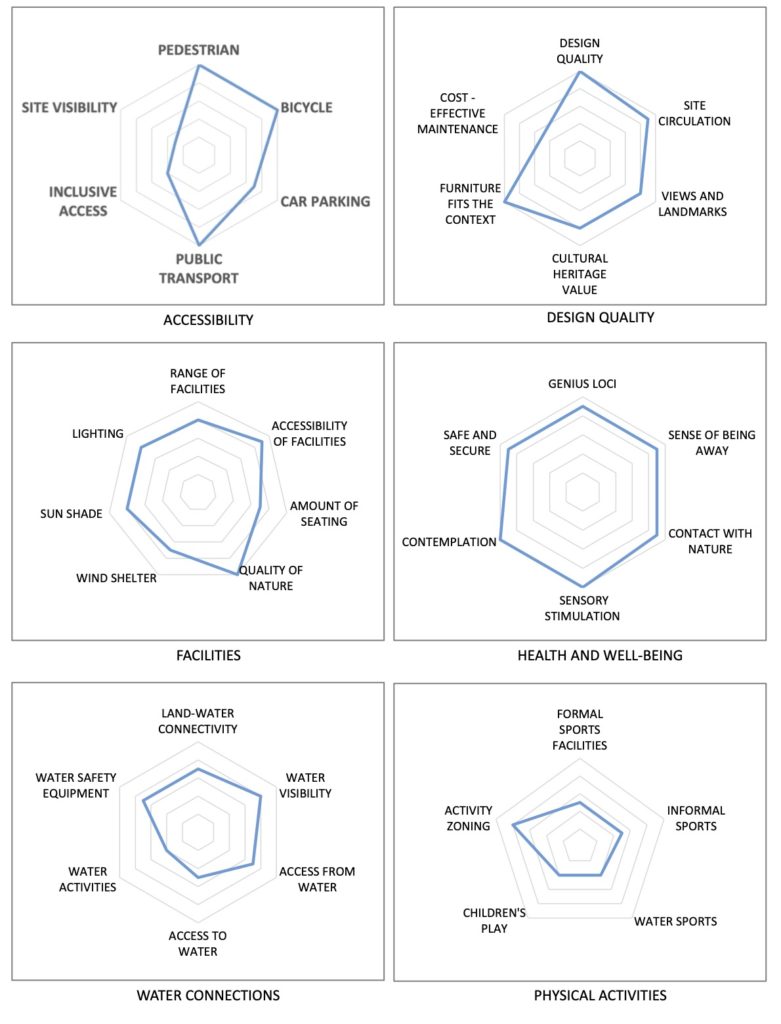
Architect
Turenscape Landscape Architecture
Sasaki
Type of Area
Marsh
Pond
Large river with natural banks
Land/water interaction
Bridges
Marsh land
Pier
Built Environment Types
Moderately built
Moderate green
Scale of Impact
City
Regional
Intervention Scale (Spatial)
Large site
Project Types
Green infrastructure
Habitat creation/restoration
Outdoor recreation
Urban/ Rural
Inner urban area
Visibility and Openness
Fully enclosed
Fully contained view
Phytoremediation for Shanghai’s polluted waterways
The park is built on a 14ha former steel factory and shipyard. The project restores the degraded environment of the former brownfield site, which was littered with industrial and construction debris, both on the surface and buried throughout the site. The park was created for the green 2010 International Exposition to demonstrate green technologies that would transition to a permanent public waterfront after the Expo was closed. It was designed, therefore, to accommodate a large influx of visitors during the exposition from May to October and this is reflected in the scale of some of the spaces on the site.
The design of the site revolves around three objectives 1) constructed Wetland and Regenerative Design; 2) Heritage and Vision; 3) Path Network. This regenerative living landscape built on the Shanghai’s Huangpu riverfront also aimed to improve the quality of the highly polluted water in an aesthetically pleasing way through the use of phytoremediation strategies coupled with stormwater management and sewage treatment. The river water had been declared unsafe for swimming and recreation and devoid of aquatic life.
This linear constructed wetland, 1.7 kilometres (one mile) long and 5–30 metres (16.5–100 feet) wide was also intended to counter a 100-1000-year flood event. The concrete floodwall was replaced by a more habitat-friendly riprap edging that allows native species to grow along the riverbank while protecting the shoreline from erosion.
The terrace design of the wetland, based on the design of ancient rice terraces, alleviates the elevation difference between the city and the river, safely reconnecting people to the water’s edge along the network of paths. It enriches the landscape along the wetland by creating spaces that encourage visitors to enter the living system through the field’s corridors and experience the agricultural landscape and wetland first-hand. The paths, dotted with bamboo and Chinese redwoods, have been described as being like capillaries of a sponge, absorbing and pulling people along to circulate through the park. The park also acts as a visitor education centre about the benefits of green infrastructure within a lushly restored recreational area.
Perception and Meaning
Knowledgeability
Legibility
Sense of place
Accessibility
Place identity
Health and Wellbeing
Place affordance
Better environmental perception
Sense of being away
Tranquility
Restorativeness
Interaction with Water
Visual

Website of the project:
https://www.turenscape.com/en/project/detail/4647.html
https://www.sasaki.com/projects/shanghai-expo-cultural-park/
Google map reference
The pedestrian network is composed of a main loop, a series of perpendicular roads bisecting the wetland and a multitude of footpaths leading through the terraces. This network ensures seamless connections between the park and its surroundings, encourages access within the site that not only effectively accommodates the massive pedestrian flows expected during the Expo, but ensures a pleasant and accessible public park at the human scale afterwards.
As a previous Expo site, it has strong connections with the city’s transit connections. The terraces however, do limit the access for wheelchair users.The site is well-provided with facilities – perhaps more than necessary given the difference between the Expos visitor numbers and normal levels. Shade and shelter as well as lighting are well-provided.
Design quality is generally high although some elements require regular repair and the site is quite demanding for maintenance. It also scores well for health and well-being opportunities. Water connections are limited due to the polluted condition of the Huangpu river although there are expansive views. The site is not designed with many activities in mind although it is zoned into several sections which helps the visitor to understand the site.
